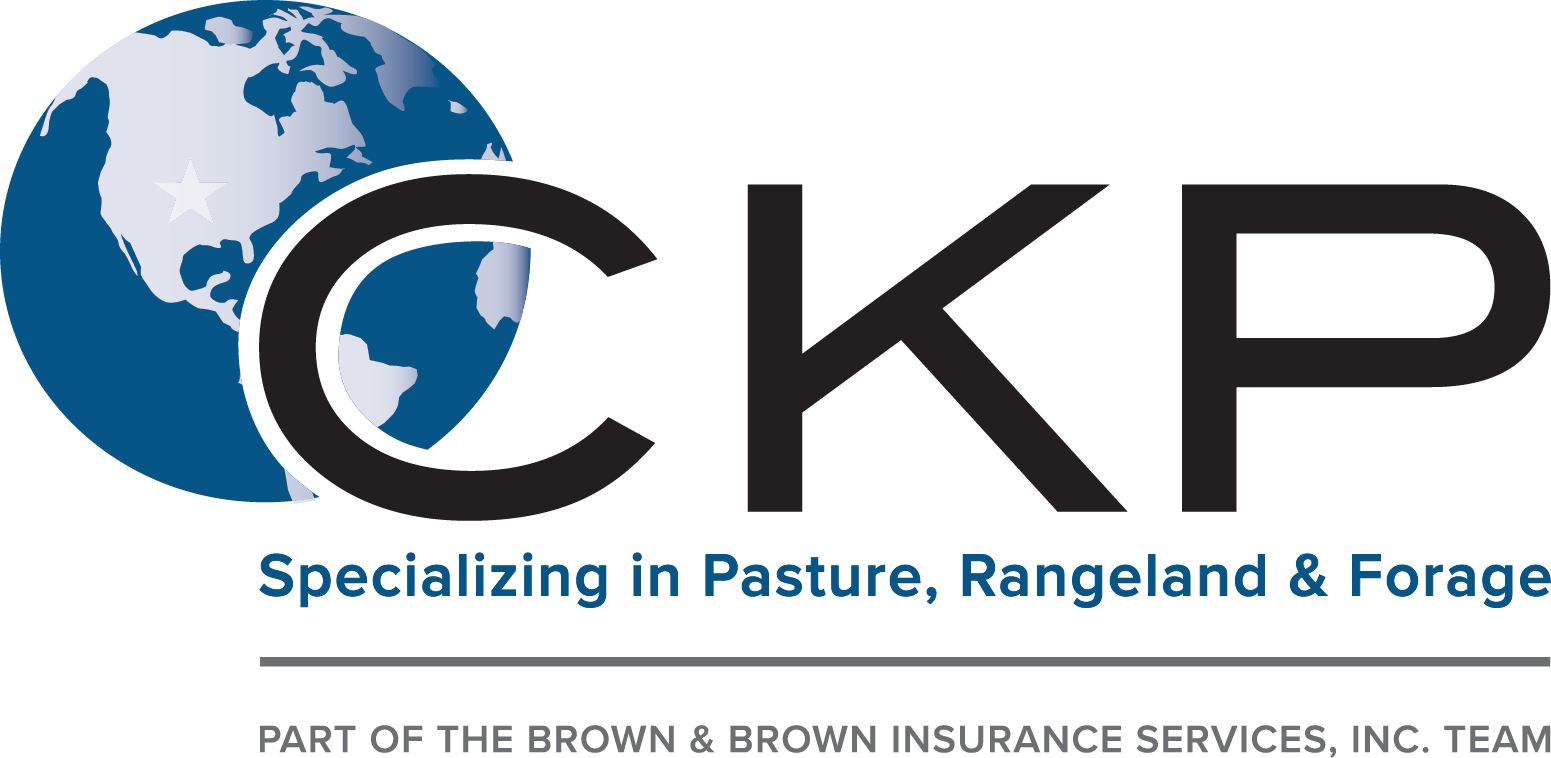The Single Strategy To Use For Bagley Risk Management
The Single Strategy To Use For Bagley Risk Management
Blog Article
Expert Advice on Risk Assessment and LRP Insurance Solutions

The Importance of Danger Evaluation
Effective threat analysis is basic in the decision-making process of any type of company, directing tactical planning and resource allowance. By methodically determining, reviewing, and focusing on prospective threats, organizations can expect challenges, take advantage of on possibilities, and make educated choices to achieve their purposes. Threat assessment enables companies to proactively resolve vulnerabilities, alleviate dangers, and maximize their risk management techniques.
One of the key advantages of danger assessment is its function in improving functional performance. By recognizing the potential risks that can influence various elements of the organization, organizations can streamline procedures, allocate resources better, and lower the probability of pricey disturbances. Moreover, danger assessment allows companies to adhere to regulative demands, secure their reputation, and build depend on with stakeholders.
Comprehending Potential Losses
To grasp the impact of danger analysis, it is essential to understand the prospective losses that might substantially impact an organization's procedures and monetary security. Prospective losses can emerge from different resources, consisting of all-natural catastrophes, financial downturns, functional failings, governing changes, and cybersecurity violations. These losses can result in straight costs such as building damages, lawful expenditures, and fines, as well as indirect prices like reputational damage and loss of market share.
Comprehending possible losses entails carrying out a complete evaluation of the risks that can emerge and approximating the economic influence they might have on the organization. By measuring these prospective losses, companies can focus on danger mitigation initiatives and designate sources efficiently. A thorough understanding of prospective losses allows companies to make enlightened choices when choosing danger management approaches, such as acquiring insurance coverage or applying threat control actions.
Essentially, by acknowledging and comprehending possible losses, companies can proactively manage dangers and safeguard their lasting sustainability and success.
Duty of LRP Insurance Solutions
The integration of LRP insurance services within a company's risk management framework improves strength and strengthens economic stability against unanticipated difficulties. LRP, or Loss Recuperation Product, insurance options play an essential function in minimizing the effect of possible losses by supplying monetary defense and support in times of crisis. These insurance coverage remedies are tailored to satisfy the details needs of businesses, offering insurance coverage for various threats such as home damage, service disturbance, responsibility insurance claims, and much more.
LRP insurance policy options aid organizations navigate tough situations by providing a safeguard that allows them to recoup and recuperate from setbacks. By moving the financial threat to an insurance policy copyright, businesses can concentrate on their core procedures with greater satisfaction, understanding that they are protected versus significant economic losses. In addition, LRP insurance policy remedies can boost an organization's danger administration technique by supplementing existing danger reduction procedures and guaranteeing comprehensive security throughout all locations of prospective vulnerability - Bagley Risk Management. Generally, the role of LRP insurance options contributes in securing companies and promoting long-lasting sustainability.
Identifying Secret Threats
In the procedure of risk evaluation, a vital action entails identifying key threats that have the prospective to impact an organization's operations and economic security. Recognizing vital risks requires an extensive assessment of inner and external elements that might position risks to the company's objectives. Interior dangers may include operational ineffectiveness, compliance problems, or human source challenges, while external risks could incorporate economic recessions, governing changes, or all-natural disasters.

Moreover, key threats need to be routinely reviewed and updated to align with the dynamic company setting. This proactive method enables companies to stay ahead of prospective dangers and safeguard their lasting success.
Selecting the Right Coverage
Having recognized the crucial dangers that can impact a company's operations and financial stability, the next important action entails meticulously picking the appropriate insurance coverage to successfully take care of and reduce these dangers. Companies need to consider their details risk direct exposure, financial abilities, and critical objectives when it comes to choosing the right protection. It is important to conduct a comprehensive analysis of the offered insurance policy choices to make certain that the picked coverage lines up with the company's danger management objectives.

Organizations ought to work closely with experienced insurance professionals to analyze their threat accounts and identify the most ideal insurance items to resolve their demands. Tailoring insurance policy protection to certain dangers can aid maximize defense while minimizing unnecessary expenses. In addition, companies should review policy conditions carefully to understand the degree of protection provided and any kind of possible exemptions that might affect their danger mitigation strategies.
Conclusion
In final thought, threat assessment is vital in identifying possible losses and picking the right LRP insurance coverage solutions. Professional support can help browse the complexities of danger assessment and insurance coverage remedies, providing organizations with the required tools to properly handle and reduce dangers.
Specialist advice plays a crucial duty in this procedure, supplying valuable insights into identifying and reviewing dangers, as well as tactically choosing ideal insurance policy protection customized to reduce those dangers successfully. A detailed understanding of potential losses makes it possible for companies to make educated choices when selecting threat monitoring approaches, such as buying insurance policy protection or executing danger control steps.

Report this page